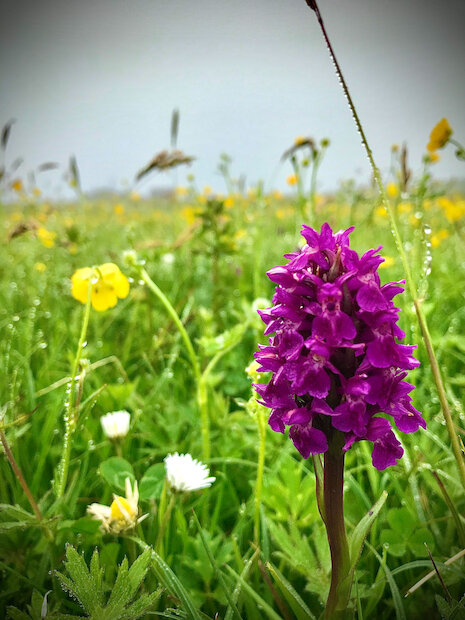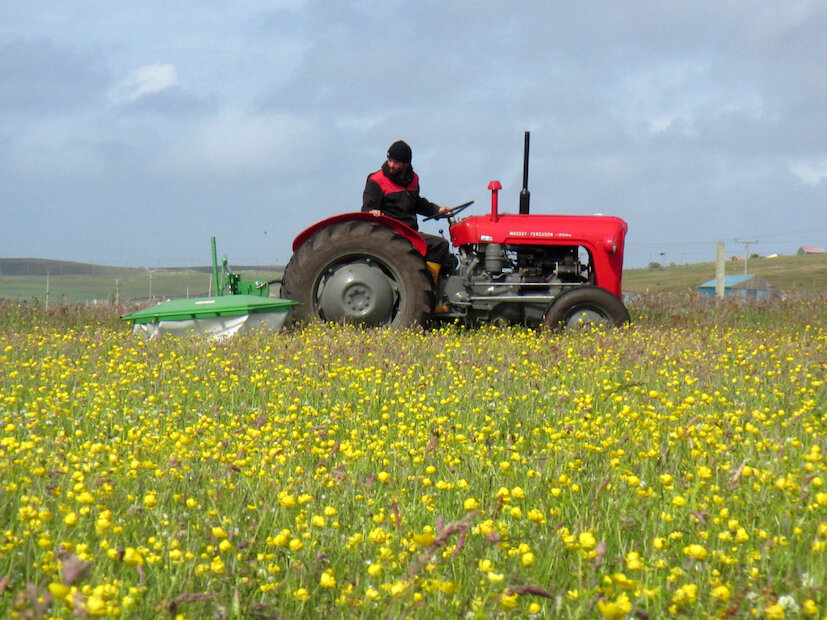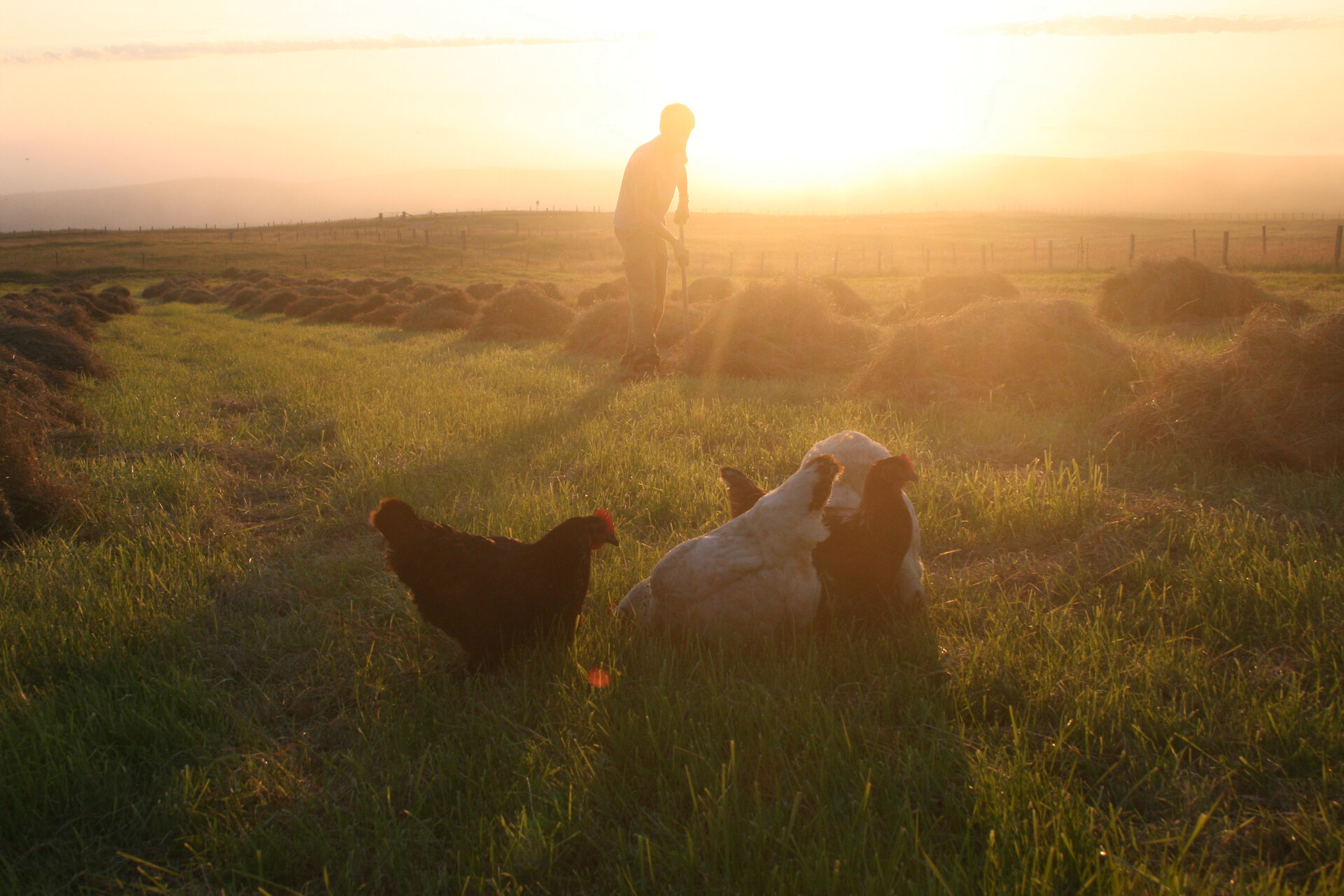Viewed from the island of Bressay, the gently undulating silhouette of the South Mainland stretches into the distance.
On a fine summer evening, the flashing navigation beacon on the island of Mousa and the rotating beam emanating from Shetland’s iconic, earliest formal lighthouse at Sumburgh Head are clearly visible.
The burbling call of the skylark and curlew from moorland breeding territories juxtaposed with snipe, oystercatcher and occasional red-throated diver make for a spectacular soundscape as the lights of Lerwick fade only slightly in the perpetual daylight of the simmer dim – the dialect term for the twilight evenings of mid-summer.
And yet, a few weeks later once July has arrived, the crofter must begin to imagine the forthcoming winter and put in place measures to mitigate the dramatic, exhilarating combination of wind, rain, frost and, occasional, snow.
It is said, admittedly in jest, that the hardiness and admirable qualities of the Shetland breed of sheep mean they are able to survive on the promise of a blade of grass each spring. Notwithstanding, the cultivated fields and rigs around Shetland subsequently begin to appear resplendent in a patchwork quilt of colour as crops are taken, processed and baled to be preserved either as silage or hay for the months ahead.




